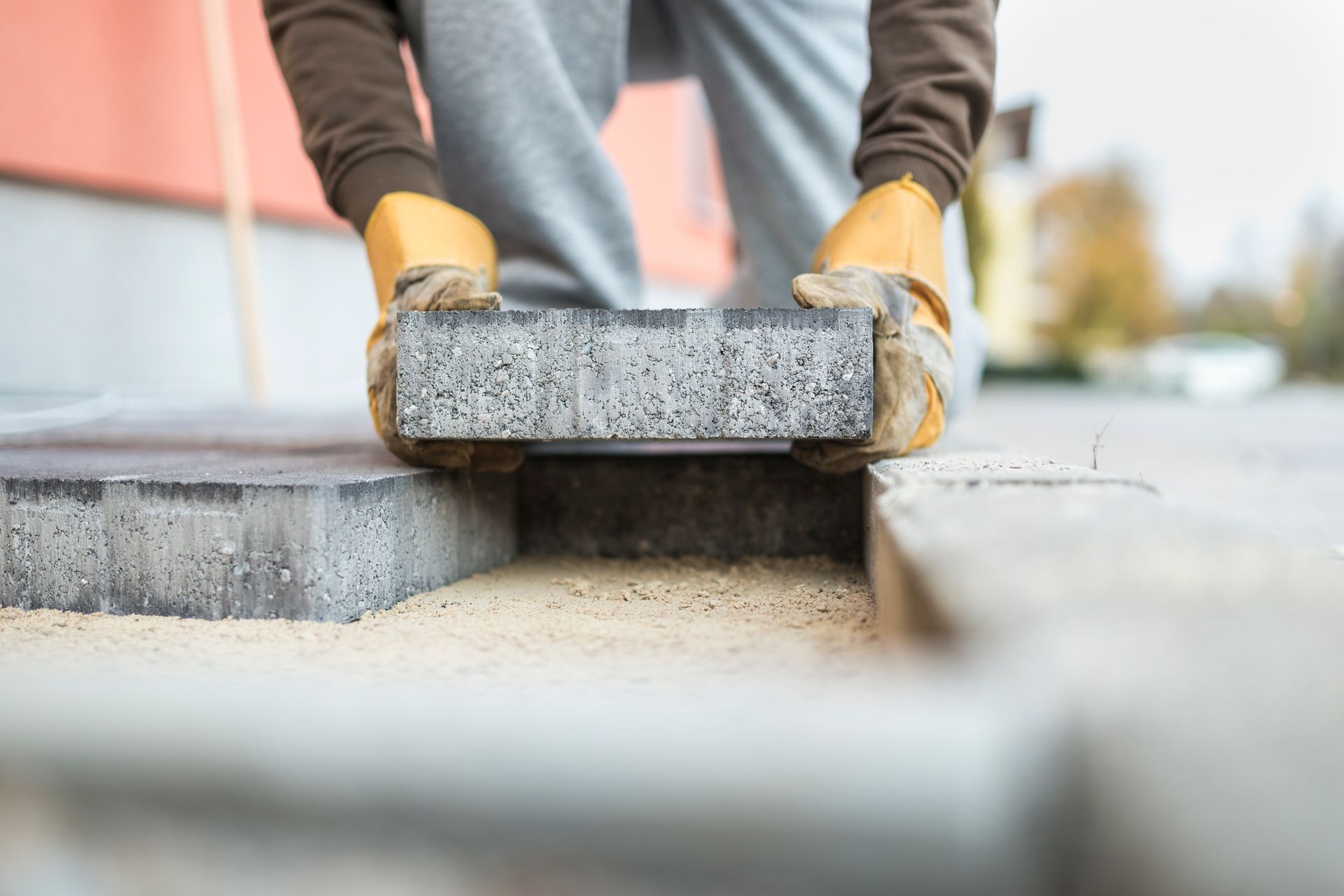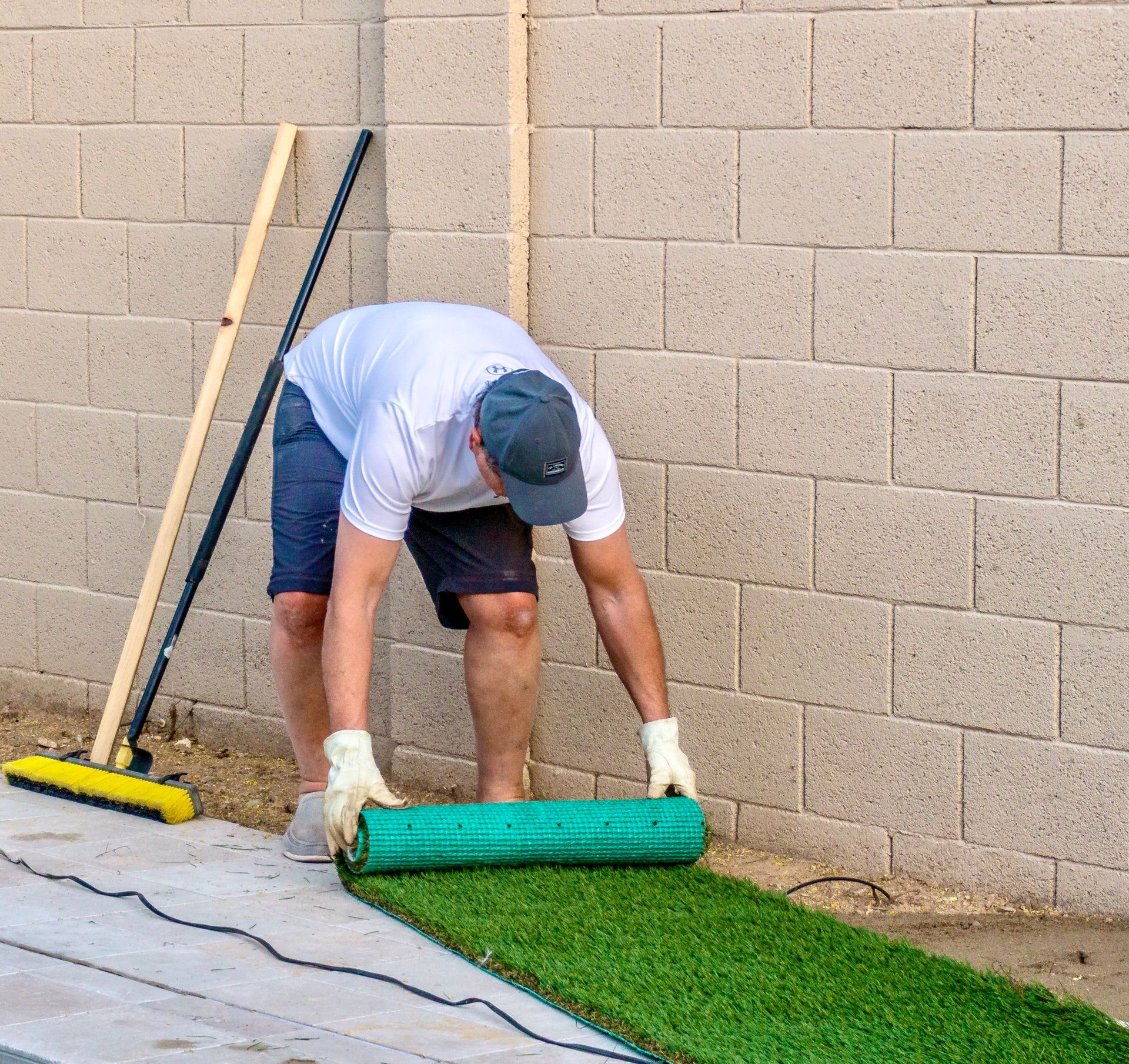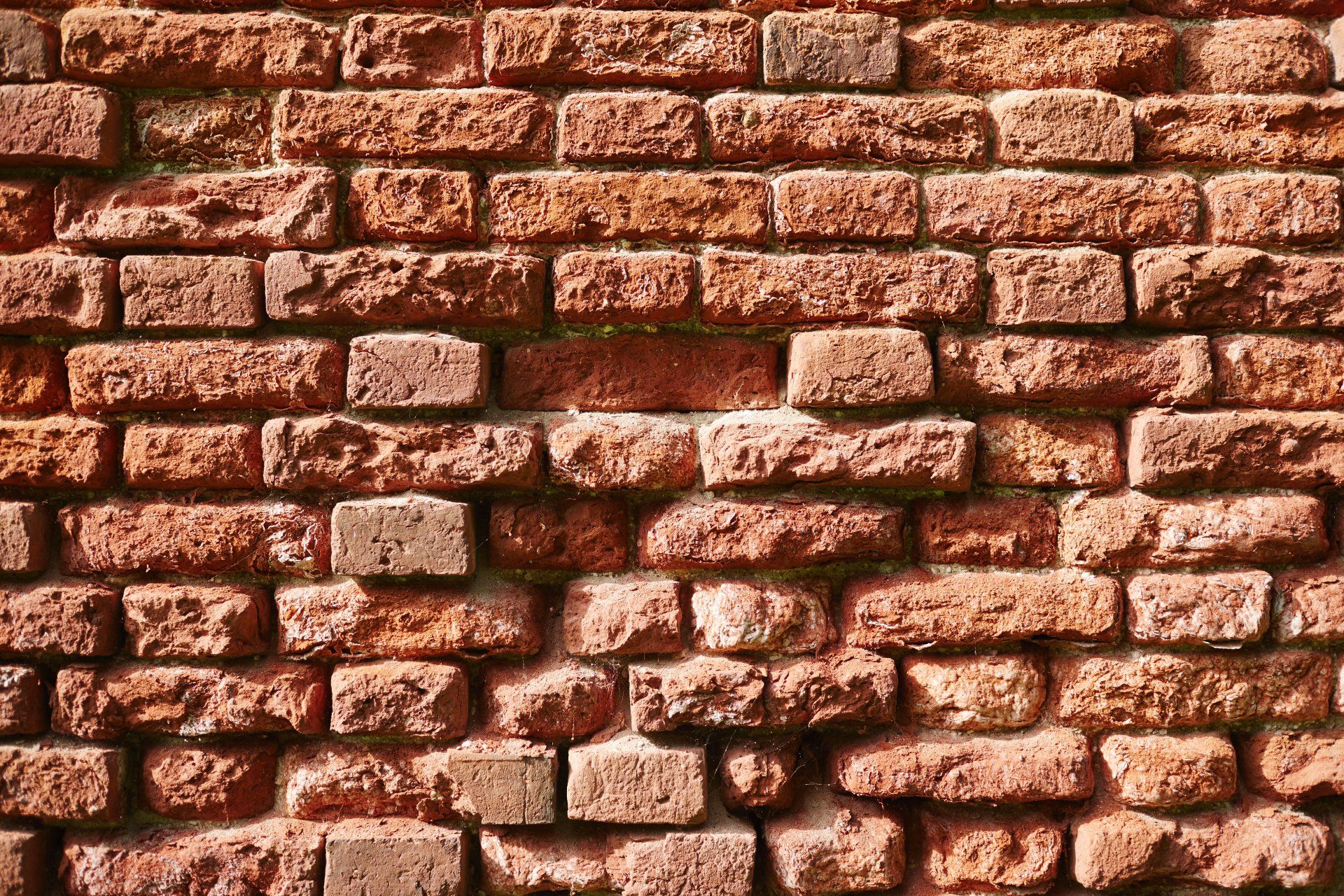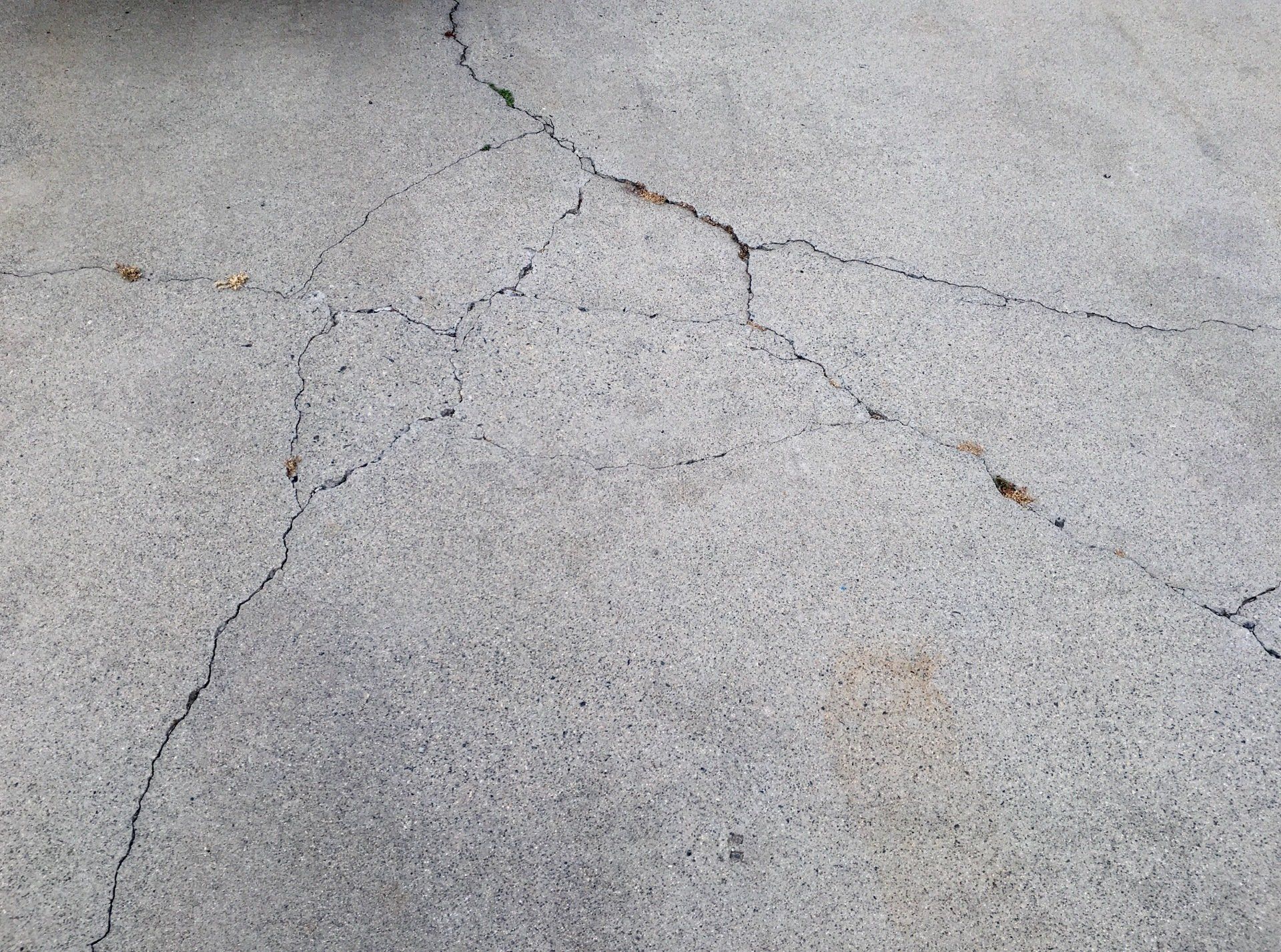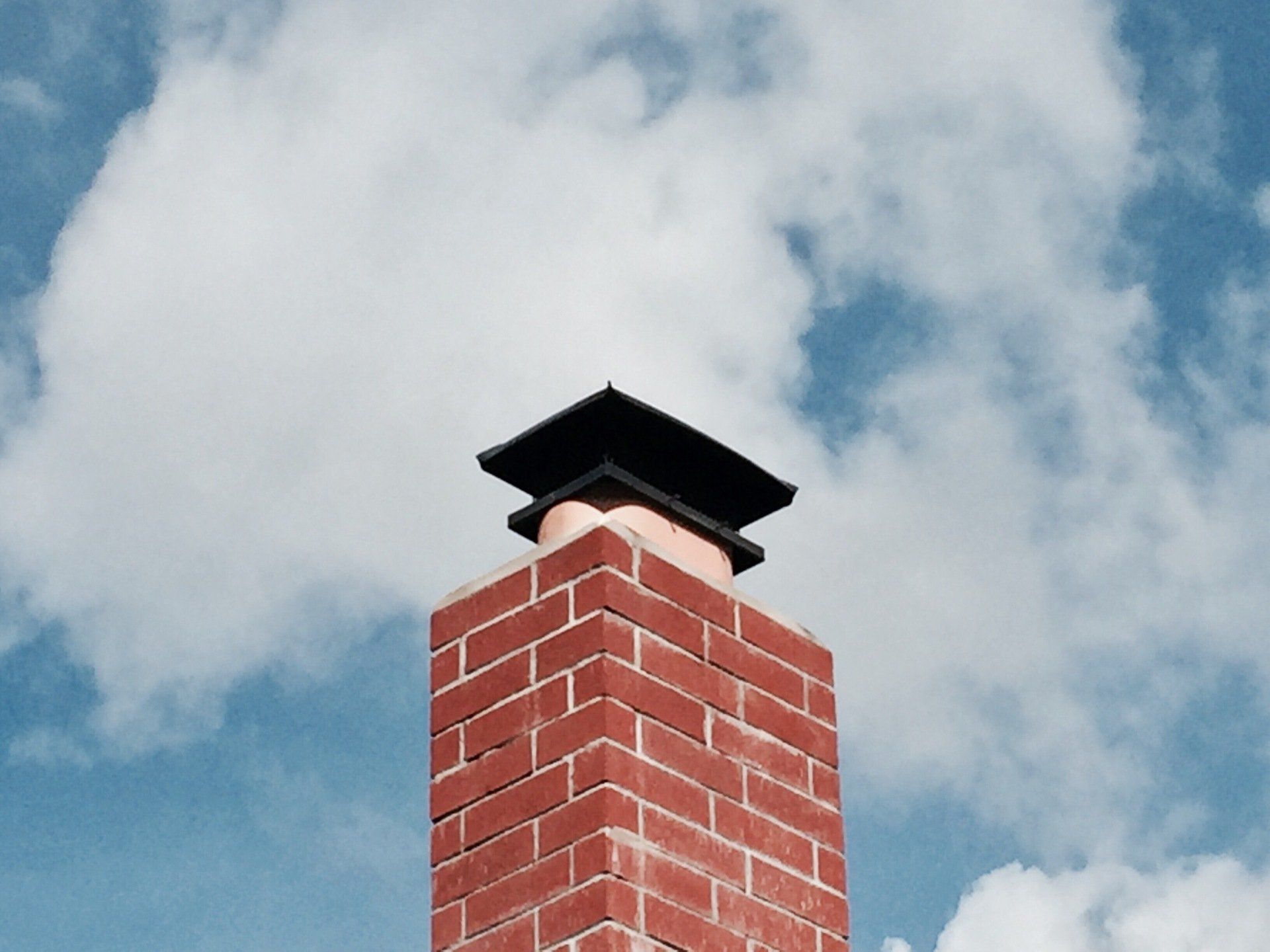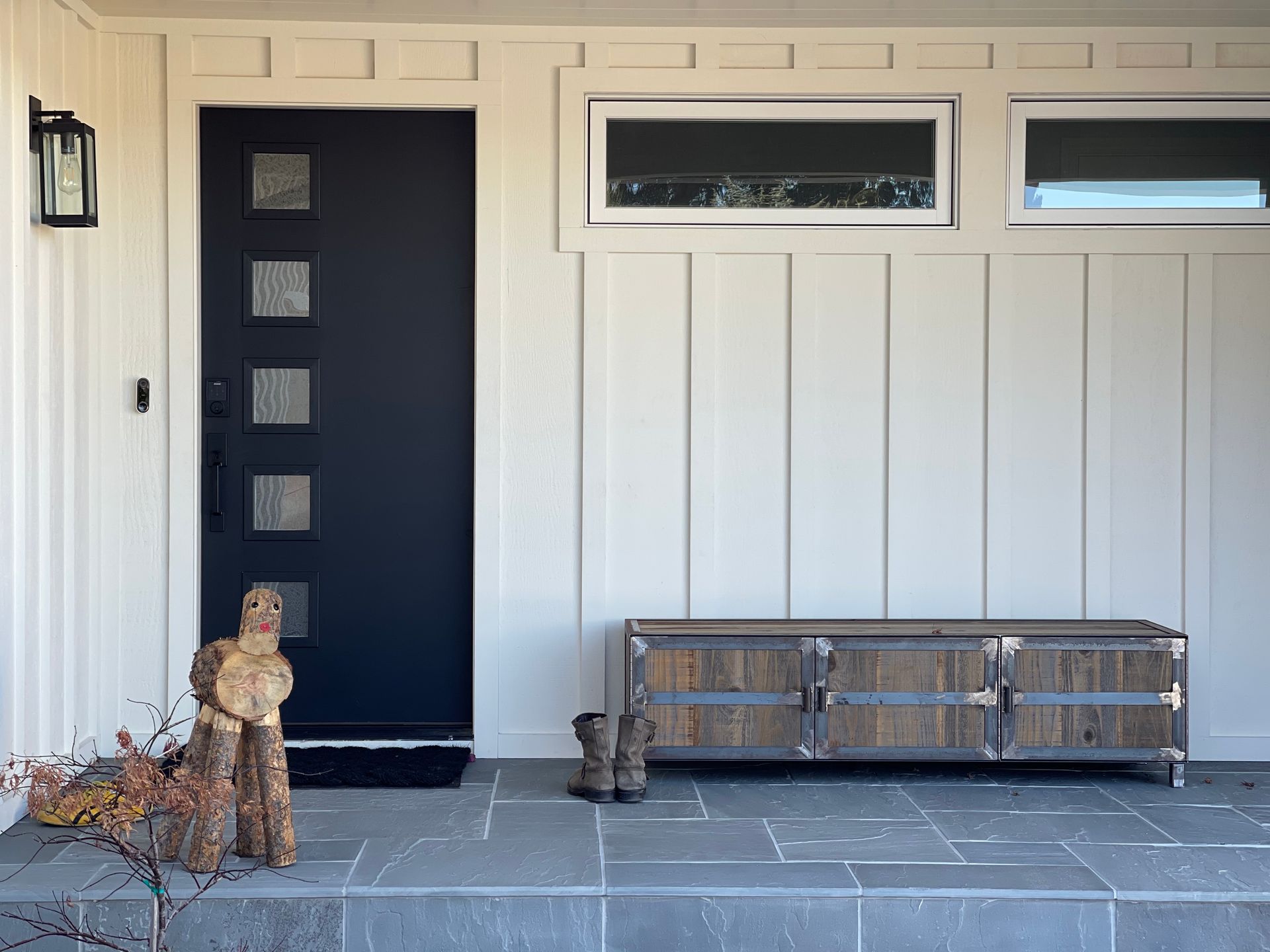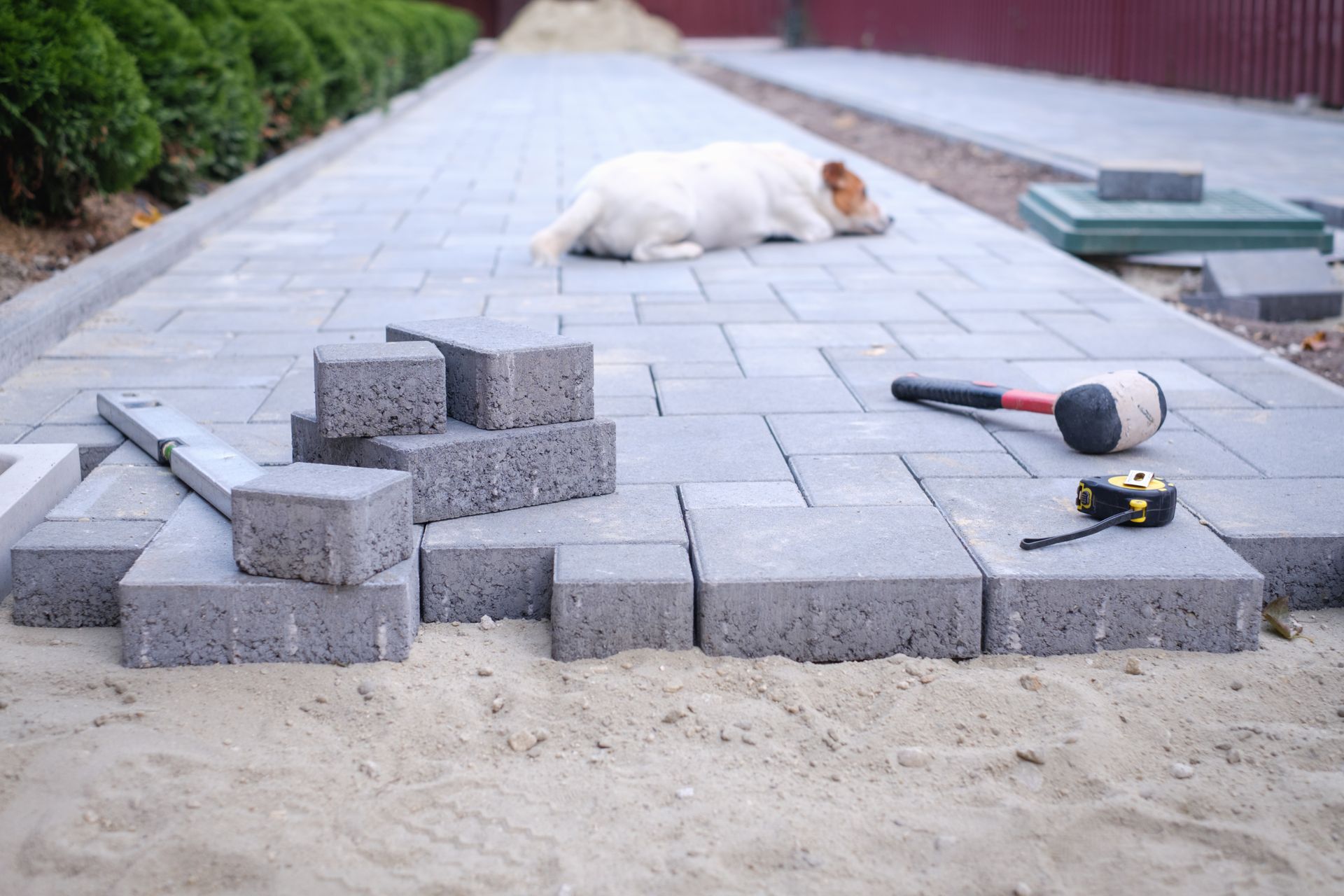Tips for Picking The Right Exterior Paint Color
Picking paint colors can be challenging at best, but it is much more tricky for exterior projects than one might realize. Paint color inspiration often comes from magazine photography and home renovation television shows, yet pulling it off, in reality, is something entirely different.
To help make your exterior paint coordinate well with your home decor and architectural elements, we have a few tips and tricks to guide you through the process.
Your Stone or Brick has Veto Power Over Your Body Color
The very first step is working with what you got. If your home has natural stone or beautiful brick, you will most likely want to work with their tones as you select color palettes. Also, don’t forget to take your shingle colors into account. Unless you replace long-term elements in a home renovation, these fixed components must be a part of your scheme.
Identify what undertones your brick, stone, and shingles have and select colors complimenting them. Do not select the same color or forget to have contrast; your body color will blend out your lovely accents.
Muted Colors Work Best on Home Exteriors
When you begin hunting for paint colors, you may want to brighten things up and stand out uniquely in your neighborhood. However, pure colors may be too loud for your home’s other fixtures and look garish in comparison.
Choosing more muted colors doesn’t mean you have to be boring. For example, avoid primary or overly pure colors and choose toned-down versions that offer color without jumping at you. If you still want a flash of color, opt for a flashy front door or home decor items like flower pots.
Colors Look MUCH Brighter When Seen Outside
The second reason you want to choose muted colors is that when they are outside, they are brighter—and pure, loud colors practically glow on your home’s exterior. Yet, muted colors will appear one to two shades lighter than on the paint chip.
Hot tip: When making selections, hold your paint chip upright rather than flat in your hand. Then compare it against fixed elements, such as your stone or brick, in the sunlight and the shade.
Once you have chosen a shade, consider one or two colors down the chip, so your color will be more accurate outdoors. Then, in the sunlight, it will appear like the original shade.
Pick a Warmer, Rather Than Cooler, Undertone
Nine times out of ten, the fixed elements on your house will have a warm undertone rather than a cool one. It is not to say you can’t choose “cooler” colors. However, selecting a too-cold tone may look “off” against things like your brick. You also have to consider how colors work with one another.
For example, orange and blue are complementary, which means they are very “happy” when placed side by side—orange is oranger, and blue is bluer. So if your house has orange-red brick and you paint a blue undertoned grey on its body, it will appear blue rather than grey. However, choosing a warm grey with a red undertone will stay neutral and accent your brick beautifully.
Set Your Paint Color Up for Success
When in doubt, purchase a foam poster board to paint your color selection samples before painting them on the house. Again, hold them upright and move them around, preferably on elements that aren’t changing in your home renovation. Don’t forget to check them at all times of the day!
Setting your paint and paint color up for success comes down to hiring the right people to complete the job, such as
Prosperity Construction Services in Pheonix, AZ. They turn your paint color inspiration into reality with expert advice and careful attention to detail.
Book your FREE ESTIMATE
online or by calling 602-469-8569 and achieve the perfect exterior paint color for your home today!
